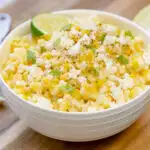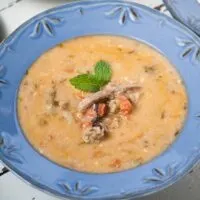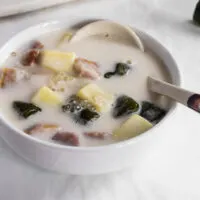Akasa (or koko) is a fermented corn pudding or porridge from Ghana, with variations in other parts of West Africa. This dish is often served for breakfast with evaporated milk and akara fritters.

If food pairings could be described as siblings, then akasa is akara’s twin. The two go hand in hand as a West African breakfast, although either can be enjoyed on its own.
What is akasa?
Akasa, a word from the Dangme tribe of South East Ghana and Togo, is also known as koko in the Ga language of South East Ghana. Some variations to the word include akassa and akasan.
It is a smooth and runny porridge made from fermented corn. Although it was made from millet before the introduction of corn to West Africa, today the millet counterpart is popularly known as Hausa koko across many parts of Africa.
Fermented porridge can be made from a variety of grains including sorghum, corn and millet, or a mixture of them. These are known as ogi, pap or akamu in various regions in Nigeria.
The porridge is often spiced, particularly with ginger, however sweet and pungent spices such as cloves, grains of selim, peppercorns and dried chillies are also added.
It is sweetened with sugar, or dates if you are on a no sugar diet. And, it is served with a topping of evaporated milk.
West Africans are partial to evaporated milk. It adds a level of decadence to tea, coffee, and our grain or rice porridges.
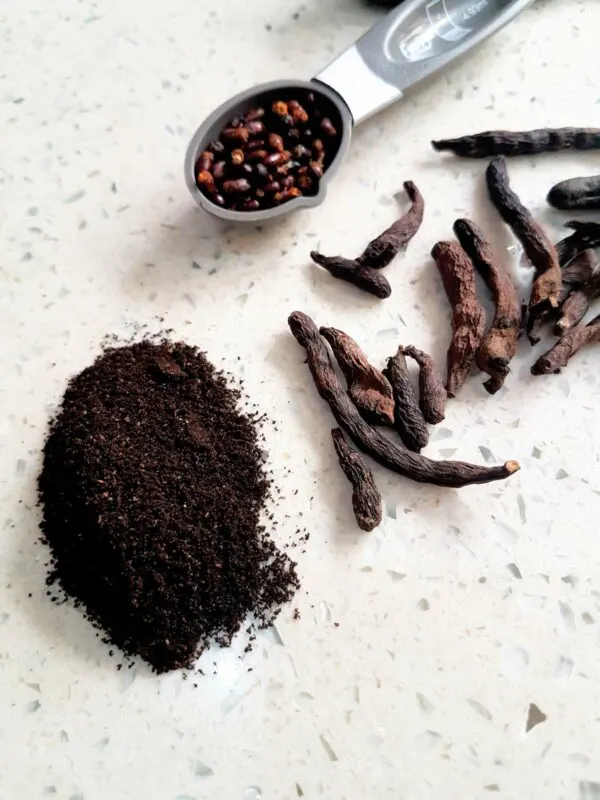
Grains of selim
What are grains of selim?
Grains of selim are an indigenous spice in West and East Africa, from the Xylopia aethiopica tree.
They appear as pepper like seeds that come in long dark pods.
They have a musky flavour with a peppery taste that is mostly felt towards the back of the throat.
When used, the entire pod is toasted and crushed, then added to soups, porridge, drinks or used for medicinal purposes.
What does akasa taste like?
Akasa has a smooth and slightly grainy texture in Ghana.
However, the Nigerian equivalents are highly refined, where the dough is filtered several times to remove the bran. The resulting pap (ogi, or akamu) porridge is pure starch and has the same texture as custard.
In Nigeria, ordinary custard is sometimes cooked and served with akara for breakfast.
For those who do not desire the fermented flavour, the spices help with masking the sourness. Although, I can’t imagine eating akasa without the sourness. That fermented taste is what makes the flavour desirable for me.
It should also be noted that akasan, as it is known in Benin, comes in a solid, almost jellied form. There it is steamed in banana leaves to make a corn pudding.
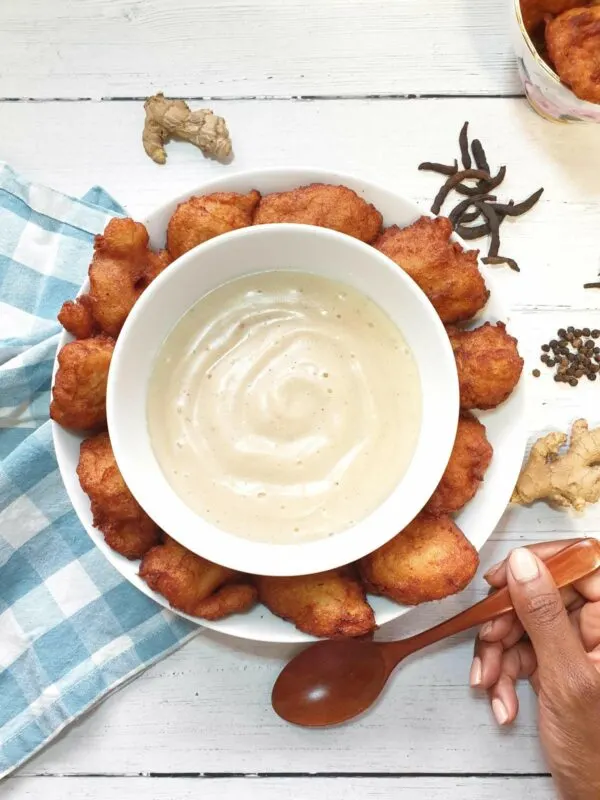
West Africa – Americas connection
In our recent akara recipe, you can learn about the connection between akasan and acaçá, a ritual food in the Bahian region of Brazil.
In Haiti, there is a corn drink or porridge called akasan as well that is rich in sweet spices and milk. Whilst various articles state the origin as unknown, it comes across as a direct connection to the Ghanaian akasa or akasan. The connection may have been missed because the languages of origin, likely West African Ada or Fon, are not as widely spoken as languages such as Yoruba.
Making the corn dough from whole kernels
Corn dough is known as ma (nma) in the Ga or Ada language of Ghana and mawè in Benin. It is such a sacred and traditional food, that ma has been quoted as being almost as important as God or the rains, according to David Hendersen-Quartey in his book “The Ga of Ghana”.
The traditional way of making ma involves extending one’s kitchen to the outdoor markets, quite literally.
Dried or fresh corn kernels are sourced in the markets, then fermented whole for a number of days. (The duration varies depending on the local climate. The warmer the weather, the faster the process.)
After about 3 days, the whole, soured kernels are drained of the water and rinsed, then transported back to the market for grinding.
This stage can actually be done at home for smaller quantities. However, because this process can be quite laborious, it makes sense to make the corn dough in large quantities, using industrial-sized mill at the market.
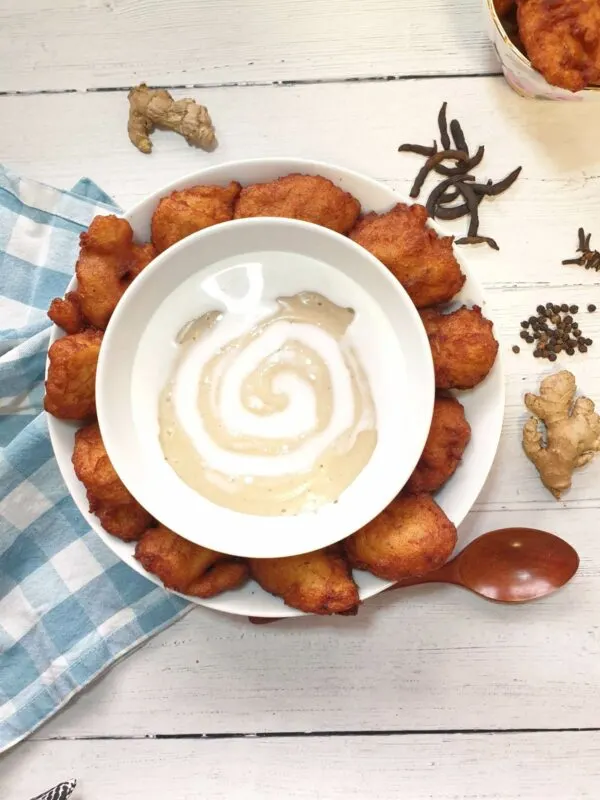
Corn dough made the Ghanaian way can be used for various foods such as banku or kenkey, without spices.
When the corn dough is made for akasa, the aromatic and peppery spices previously mentioned are added to the grinding mix. In Nigeria, the spice added for pap is whole ginger.
Once the corn is ground into dough or ma, it is left overnight for a final ferment. This can go on for up to 3 days depending on how sour you want your dough.
In Nigeria, it then goes through an additional filtering process. Water is run through the dough, and the entire mixture is passed through a fine sieve or cheesecloth, allowing only the finest powder, pure starch, to pass through.
Once this is done, the mixture is left overnight to settle, so the excess water can be poured off and the remaining fine powder collects at the bottom of the container.
It is typical to portion out the prepared corn dough and freeze it until ready for use.
Making the corn dough from cornmeal
You can also make ma from cornmeal, as long as the ground corn flour has not been treated with chemicals or processes that make it resistant to fermentation.
In my experience, I struggled with a brand called TRS. The corn dough fermented; however, it took longer than I expected and did not end up with the sour taste I was used to. So, it might pay to try a few brands until the desired outcome is achieved.
I usually try to go for brands that are as close to natural as possible, less refined, and rich in the natural bran or chaff from the corn. In the USA, a variety such as Indian head cornmeal works very well.
When using cornmeal, simply mix the cornmeal with water to get a thick but wet dough. It should not be runny at all, but lumped together like a thick and moist dough.
Cover it in an airtight container and leave it on the counter for 2 to 4 days, depending on local climatic conditions.
Once the soured corn dough is ready, portion it out into batch sizes and freeze until ready for use.
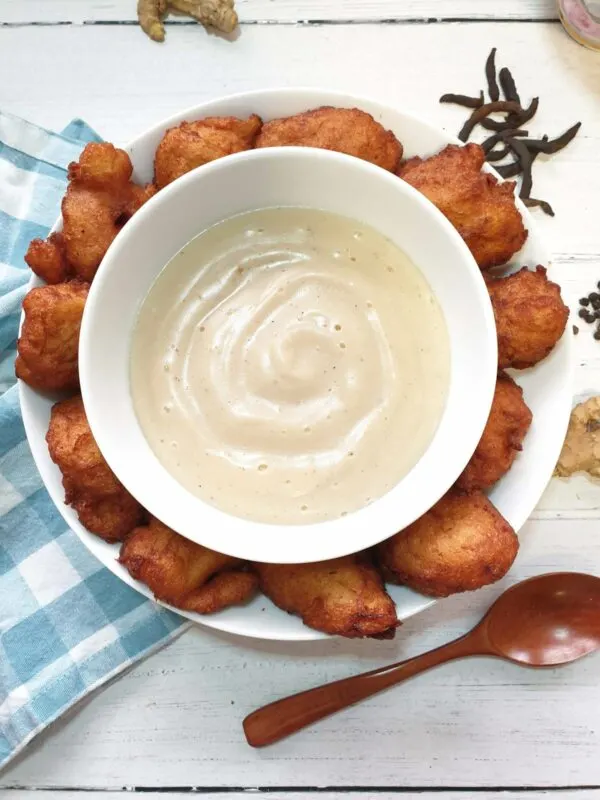
How to cook akasa porridge
For the slightly grainy porridge, place your ready-made, room temperature corn dough into a pot. Add some water and stir to break up any lumps.
You can now place the porridge on the stove to heat it up and thicken while continuously stirring, as this avoids lumps.
Once the porridge has thickened evenly, the heat can be turned to low and the porridge allowed to simmer gently until ready to eat. Ideally, the porridge should be simmered for 15 minutes to ensure all the grains are cooked well.
How to cook a custard like pap
For a custard-like pap, add a little cold water to the starch dough and stir to make a viscous mixture. Then, add boiling hot water and stir vigorously to avoid lumps.
You can then place the mixture on the stove to simmer for a few minutes. Those highly experienced with making pap may skip this step entirely, as the boiling water is enough to cook through the starch with very little effort.
Akasa / Koko (West African Corn Pudding)
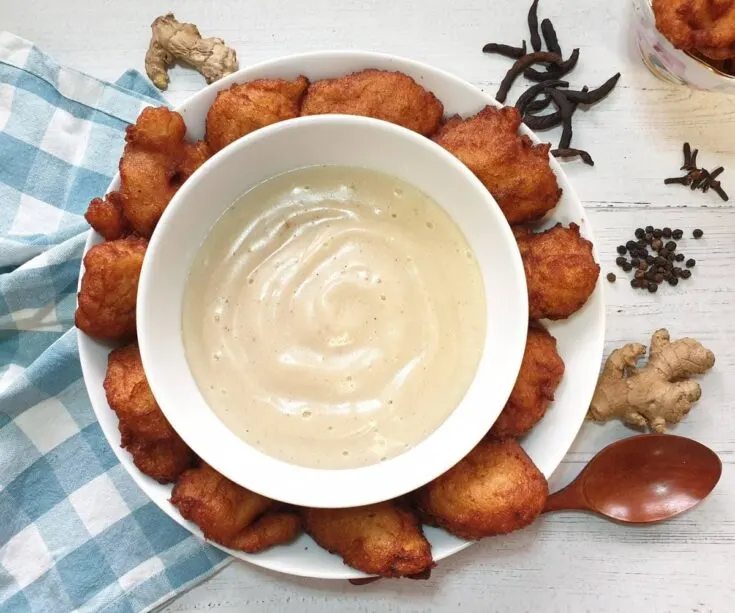
Akasa (or koko) is a fermented corn pudding or porridge from Ghana, with variations in other parts of West Africa. This dish is often served for breakfast with evaporated milk and akara fritters.
Ingredients
For the corn dough
- 2 heaped Tbsp cornmeal (untreated)
- 3/4 cup water
For the akasa
- 3 pods, Grains of selim/uda pods
- 5 cloves
- 200g or 1 cup of corn dough*
- 3 to 5 cups of water
- Pinch of salt
- 1-inch piece of fresh ginger, grated
- 1 teaspoon chili powder (or to taste)
- Sugar (to taste)
- Evaporated milk (to serve)
Instructions
For the corn dough (if not purchasing already fermented dough)
- Mix the cornmeal and water together to achieve roughly 200g (1 c) of a thick, but wet corn dough. (Not runny, but thick and moist.) (Different cornmeal brands will need different amounts of water to reach the proper consistency.) Add more cornmeal or water as needed to achieve a good dough consistency.
- Cover the dough in an airtight container and let ferment on the counter for 2-4 days. (Use a shorter fermenting time if the ambient temperature is warmer. Longer if cooler.)
For the akasa / koko porridge
- Remove the grains of selim from the pods. Toast the grains and cloves in a dry skillet over medium heat until fragrant. Remove from the pan and grind with a mortar and pestle. Set aside.
- Place the fermented corn dough in a pot and mix well with a cup of cold water.
- Add 2 to 3 cups of boiling water to the mixture and place on high heat to bring to the boil. You will need to stir continuously or have a whisk on hand to get rid of any lumps that form. (Once the porridge thickens, you may add more water until your desired thickness has been achieved.)
- When the porridge comes to a rolling boil, add the salt and spices, then you may cover and allow to simmer on a low heat for about 15 minutes.
- When the porridge is ready for serving, mix in your desired amount of sugar or sweetener, and top with a dash of evaporated milk. This porridge goes well with akara or beignets.
Recommended Products
As an Amazon Associate and member of other affiliate programs, We earn from qualifying purchases.
If you liked this recipe, here are some similar dishes you may enjoy!

Freda has been a food writer for 10 years, with a significant focus on the under-explored area of African cuisines. She is now established as an African Cuisine Expert and resides in Lagos, Nigeria with her husband and 4 children. In 2018 she co-authored “The Science of Spice”, exploring the spices of the African continent. You can find Freda on her site MyBurntOrange.com.





